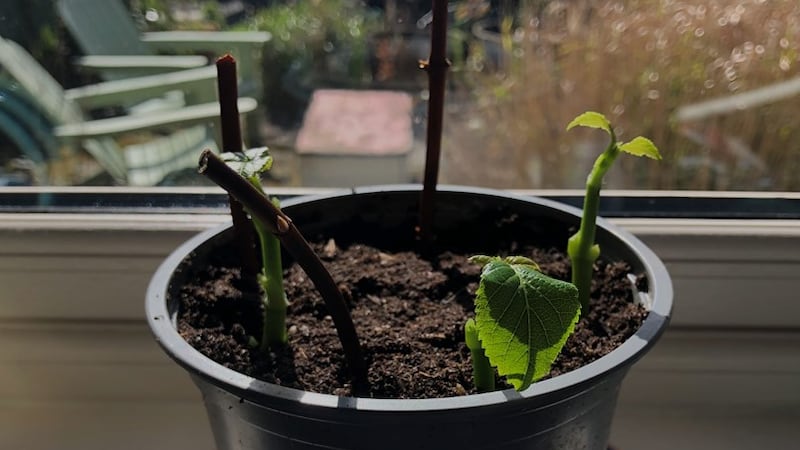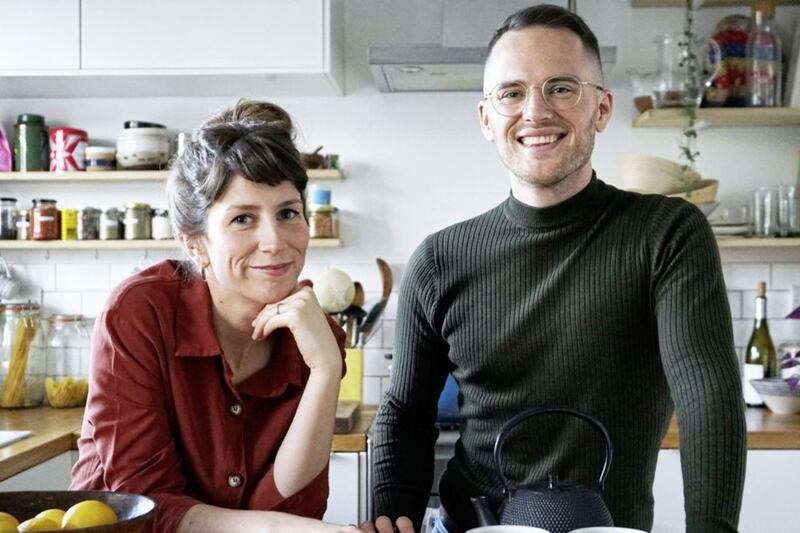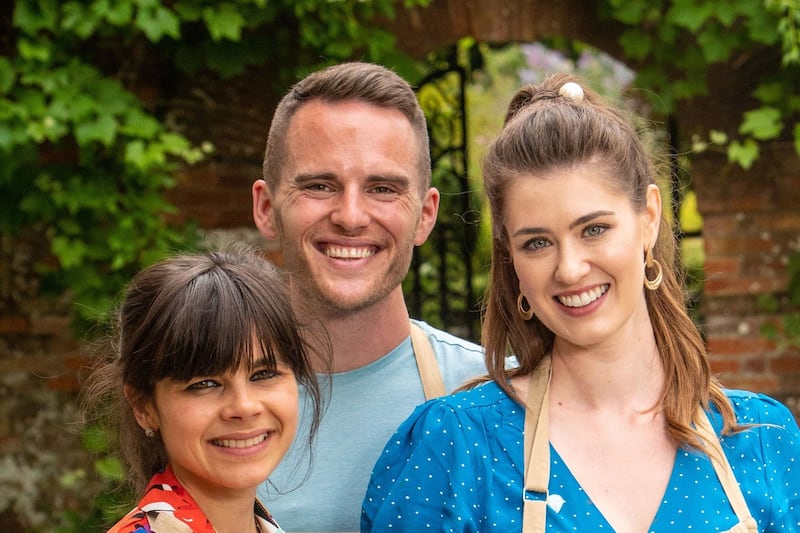DAVID Atherton is remarkably upbeat for someone who was unlucky enough to catch Covid-19 despite having had his first dose of the vaccine.
"Because I'm a Covid vaccinator, I'd had the first dose," says healthcare professional Atherton, who lives in London with his fiancé Nik.
"Then my partner and I both got Covid. He got it worse, so I obviously had some protection."
Describing the experience as "three weeks of not-particularly-pleasantness", the 2019 Great British Bake Off winner says the strangest thing was the way the virus dulled his sense of taste.
"At first it was kind of strangely interesting, and then it just became really frustrating. We got all the condiments out of the cupboard then my partner made me taste them all with my eyes closed. I couldn't tell the difference between, say, vinegar and lemon juice, but I could definitely notice sour, sweet or salty."
Illness aside, Atherton, who was born in Yorkshire, says his life has actually improved in some ways while working from home during the pandemic.
"Number one, it's sleep. For me, the three pillars of health are good food, exercise and sleep. I've definitely benefited from being a little bit more relaxed with work, not having to wake up really early."
The 38-year-old has also enjoyed "having loads more time to read and do crafts" and the arrival of a kitten called Rey, which he adopted from vet and fellow Bake Off contestant Rosie Brandreth-Poynter.
"She finished a night shift and someone had just dumped this pregnant cat on her doorstep, so she took it in. Our kitten is one of only two of [the litter] that survived. He's a bit scrawny, but he's a delight."
Known for being unflappable throughout his tenure in the famous white tent, Atherton thinks being crowned Bake Off winner a few months before coronavirus cases snowballed might help explain why he's coped so well during this tumultuous time.
"My life had already got turned upside-down since Bake Off. And then Covid hit, so I'd already felt a very big – but positive – disruption to my life, which then just continued on, so maybe that helped."
Now, the star baker is back with his second cookbook, Good To Eat, in which he combines his health and cooking expertise with recipes that are both delicious and nutritious.
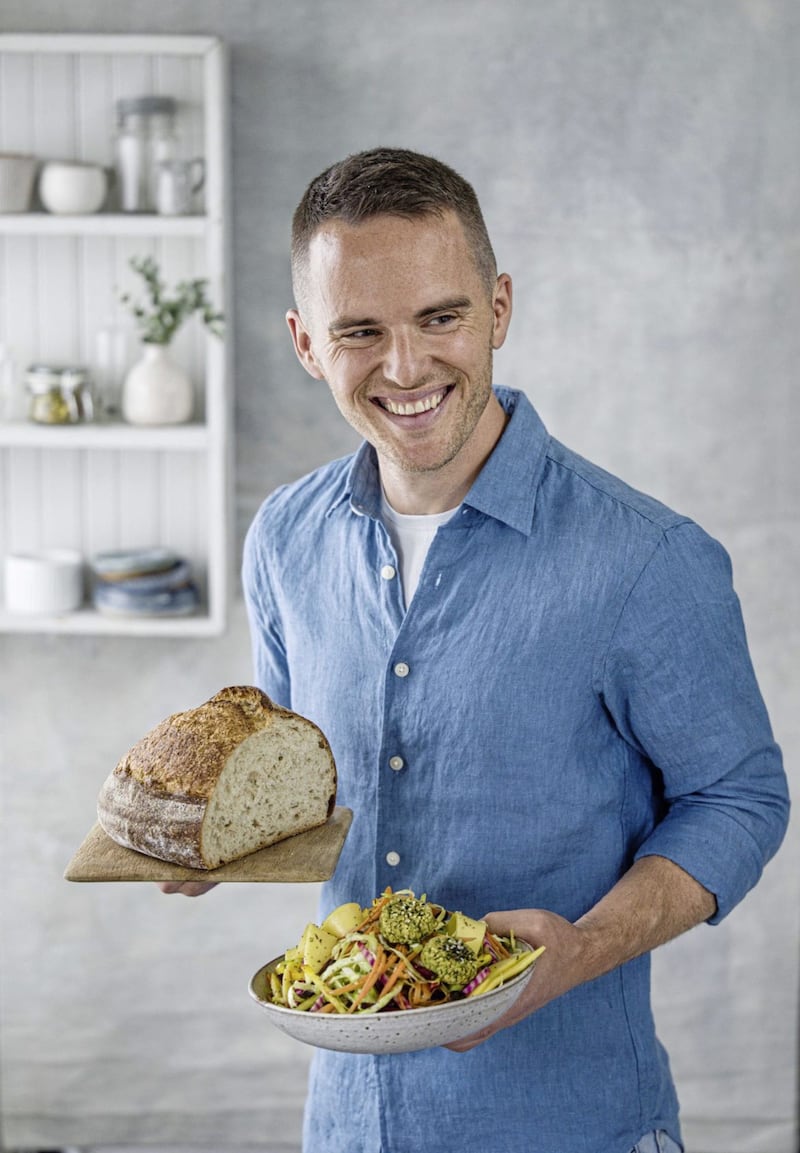
"I think it's been brilliant how things like Bake Off have got people back into the kitchen and got people excited about baking, but it's definitely moved more towards the mountains of butter cream and very rich things like croissants, which use 50 per cent butter," he says.
That's why in this book you'll find recipes for things like coffee cake enriched with grated sweet potato, and 'Mum's Yorkshire Parkin' made with a portion of cooked quinoa.
He adds: "I just want to encourage people, because there are so many ingredients people always think are going to make them taste worse, like you're having a compromise – you're not at all."
As well as upping the fruit and veg factor, Atherton extols the virtues of feeding your microbiome (the beneficial bacteria that resides in your gut) with fibre and fermented foods like pickles, chutneys and kimchi.
"I just love the health benefits of fermented foods, and particularly over the last 10 years I've got a bit obsessed with the microbiome.
"We've always thought in the past that fibre is really good for just keeping you 'regular'. Now we know people who have a more diverse microbiome are more healthy. It's actually really good for your mental health, it's good for weight loss, it's good for general health as well as, obviously, your bowel."
Explaining that people with digestive health issues sometimes find sourdough bread easier to stomach, he devotes a whole chapter to what, as chance would have it, became a lockdown craze, and how to make it easy for beginners to have a go.
"Don't make your own starter," is Atherton's rule number one.
"If you're getting into sourdough, go to a brilliant sourdough bakery. They will give you a tiny bit of their starter. Sometimes they'll charge you, but all the ones I've been to, they'll give you some. And then you just grow that."
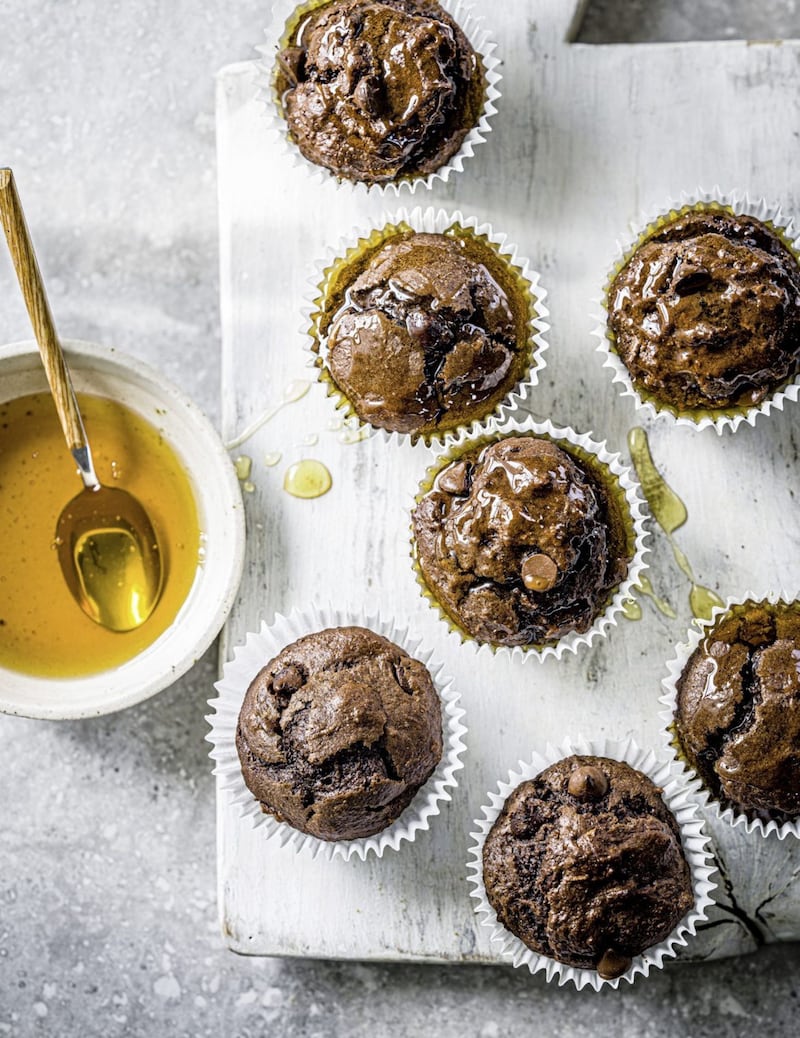
With recipes for Filipino 'tortang talong' (a kind of aubergine omelette), Vietnamese 'nouc mam cham' (spicy salad dressing) and Bulgarian 'banitsa' pastry parcels, it's clear Atherton was inspired by foodie adventures abroad when writing the book.
"Travel, for me; it's always been an excuse to learn about new flavours and new ingredients, and then seeing if there's dishes I can bring home," he says.
"The book definitely celebrates some of those things I've learned."
The author decided against including some of the weird and wonderful dishes he's sampled while working overseas, however.
"In Malawi, I ate goat's testicles and mice. Goat's testicles will be on the posh menus in a French restaurant. They don't have a strong flavour but they've got a really nice texture. Snake is very nice as well.
"When I lived in Ivory Coast, rat was a very famous dish there and they even had a rat stock cube. I did not like that."
With an appetite for the unusual, this intrepid eater must be raring to get back on the road as soon he can?
"Yes I am," he says.
"But I also think it's just good to look at the positives wherever you are, and at the moment I'm really enjoying being home.
"I look forward to the time I can travel – I'd be very sad if I didn't think I could travel again for my work. But at the moment, I'm very happy just where I am."
Good To Eat by David Atherton, photography by Ant Duncan, is published by Hodder & Stoughton, priced £25.
DAVID ATHERTON'S BEET BURGERS AND SWEET TATO BUNS
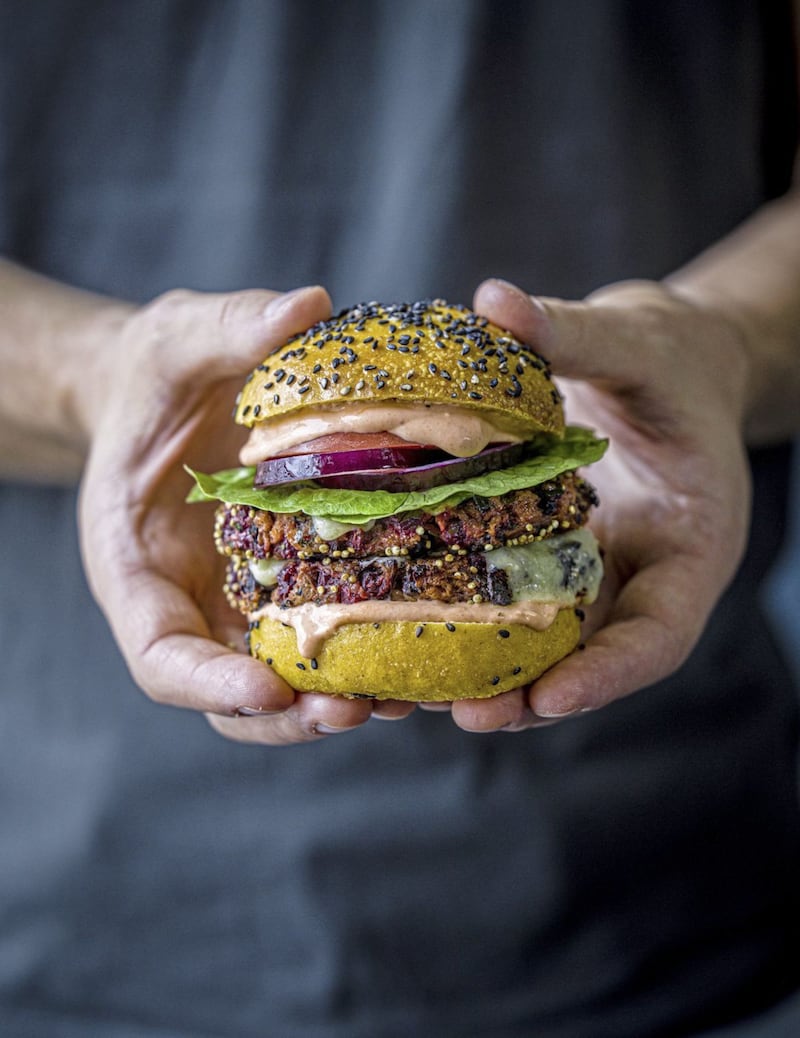
Ingredients (makes 8 burgers and buns)
For the burgers:
250g canned black beans, drained
100g cooked beetroot, finely chopped
80g prunes, finely chopped
100g Cheddar, finely grated
80g sweet potato, peeled and finely grated
4 garlic cloves, finely grated
150g sourdough breadcrumbs
2tsp white miso
2tsp Dijon mustard
1tsp smoked paprika
1 large egg
2tsp fine salt
10g fresh flat-leaf parsley, finely chopped
40g quinoa
8 Sweet tato buns (see below) or shop-bought burger buns
For the buns:
260g sweet potatoes
20ml light olive oil, plus extra for greasing
1tsp salt
2tsp instant yeast
140ml warm water
340g strong white bread flour
60g strong wholemeal (whole-wheat) bread flour
1 medium egg
Black sesame seeds, for sprinkling on top
To make the burgers:
1. Preheat the oven to 180C fan (200C/400F/gas mark 6).
2. Put the black beans onto a baking tray and bake for 15 minutes to dry them out. Add these to a mixing bowl, allow to cool slightly, then squeeze with your hands a few times until they are slightly mushed but you can still easily tell they are beans.
3. Add the beetroot and prunes to the mix, along with the cheese, sweet potato, garlic and breadcrumbs.
4. In a small bowl, whisk the miso, mustard, smoked paprika, egg and salt with a fork until smooth. Add this to the mixing bowl with the parsley, then mush the whole thing together until it is all combined. Shape the mix into eight burgers, each 1cm thick. Sprinkle the quinoa onto a plate and press the burgers into this on both sides to give a crunchy crust. Chill in the fridge for at least one hour or until ready to cook.
5. To cook, bake in the oven for 10 minutes, then fry for six minutes on each side in a frying pan on a medium heat, then one minute on each side on a high heat to get a good char. Alternatively, grill on a barbecue for six minutes on each side. Serve in the sweet tato buns (see method below) with your choice of condiments.
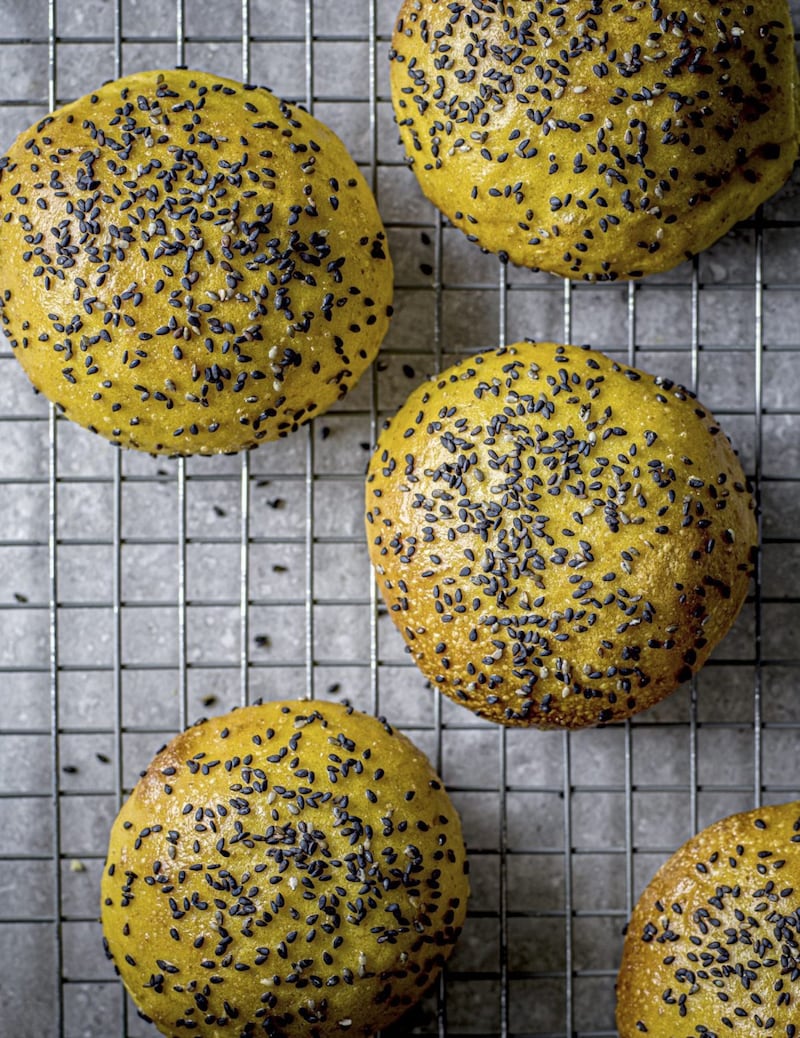
To make the buns:
1. Preheat the oven to 180C fan (200C/400F/gas mark 6).
2. Start by roasting the sweet potatoes in their skin for 40 minutes. Once cooled, peel and blend until smooth. This can be done ahead of time; I freeze this as portions so I can defrost when needed.
3. Mix the sweet potato pulp, oil, salt, yeast and warm water, then add the flours and bring together to form a dough (this is a sticky dough). Cover with beeswax wrap or clingfilm and leave to rest for 10 minutes.
4. Now you have to gently knead for five minutes. I prefer to do this in the bowl and just use a spatula. You are not really kneading so much as stretching the dough. If you have a stand mixer and a dough hook it is a lot easier. Cover and leave in a warm place to rise until doubled in size (about one hour).
5. Knock back the dough and divide into eight pieces. Form these into tight balls and transfer to a lined baking sheet (spaced well apart, about 5cm).
6. Cover with oiled clingfilm and leave until at least doubled in size (about one hour, but don't worry if it's longer, definitely make sure they've doubled in size). At this time, preheat the oven to 200C fan (220C/425F/ gas mark 7).
7. Beat the egg, then gently brush the egg wash on the buns and sprinkle with the sesame seeds before baking for 12–14 minutes.
8. Allow to cool before slicing with a serrated knife. These are best eaten fresh, but are good the next day toasted.
DAVID ATHERTON'S TANGY CARROT CHUTNEY
Ingredients(makes 2 x 300ml jars)
300g carrots, peeled and coarsely grated
1 small onion, finely chopped
2 garlic cloves, minced
150ml cider vinegar
150ml water
110g soft brown sugar
2tsp nigella (black onion) seeds
4 bay leaves
3g salt
Method:
1. Add the carrots to a pan with the onion and garlic, then add all the other ingredients. Bring to the boil and simmer vigorously for five minutes.
2. Reduce the heat to a gentle simmer and cook for 45–50 minutes until thickened. You'll need to periodically stir to avoid it sticking to the bottom of the pan.
3. While the chutney is simmering, you'll need to sterilise your jars. Preheat the oven to 160C fan (180C/350F/gas mark 4), wash the jars as normal and place on a baking tray. Once the oven is at temperature, put the jars in for 15 minutes.
4. Fill the hot jars to the top with the chutney, fit the lids on tightly, then store for at least a month before eating. Store in the fridge once opened and use within one month.


